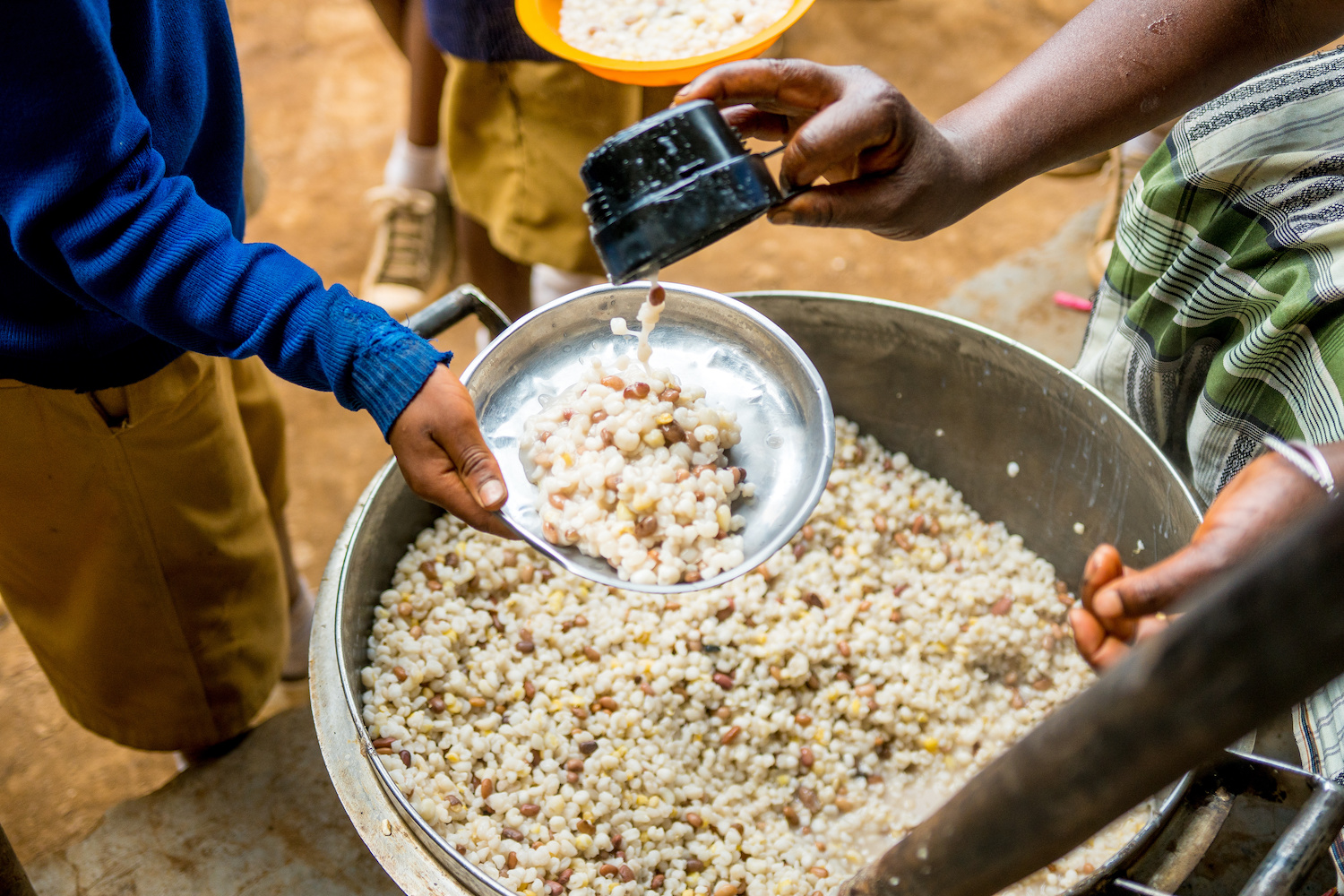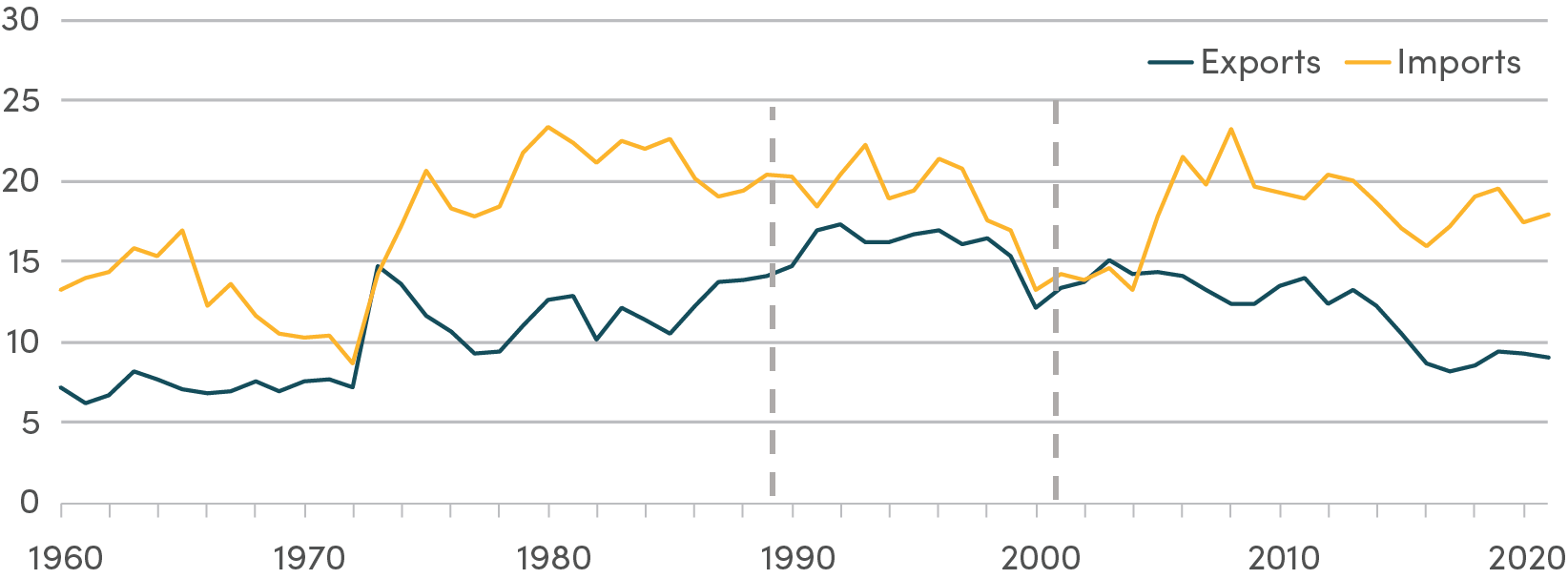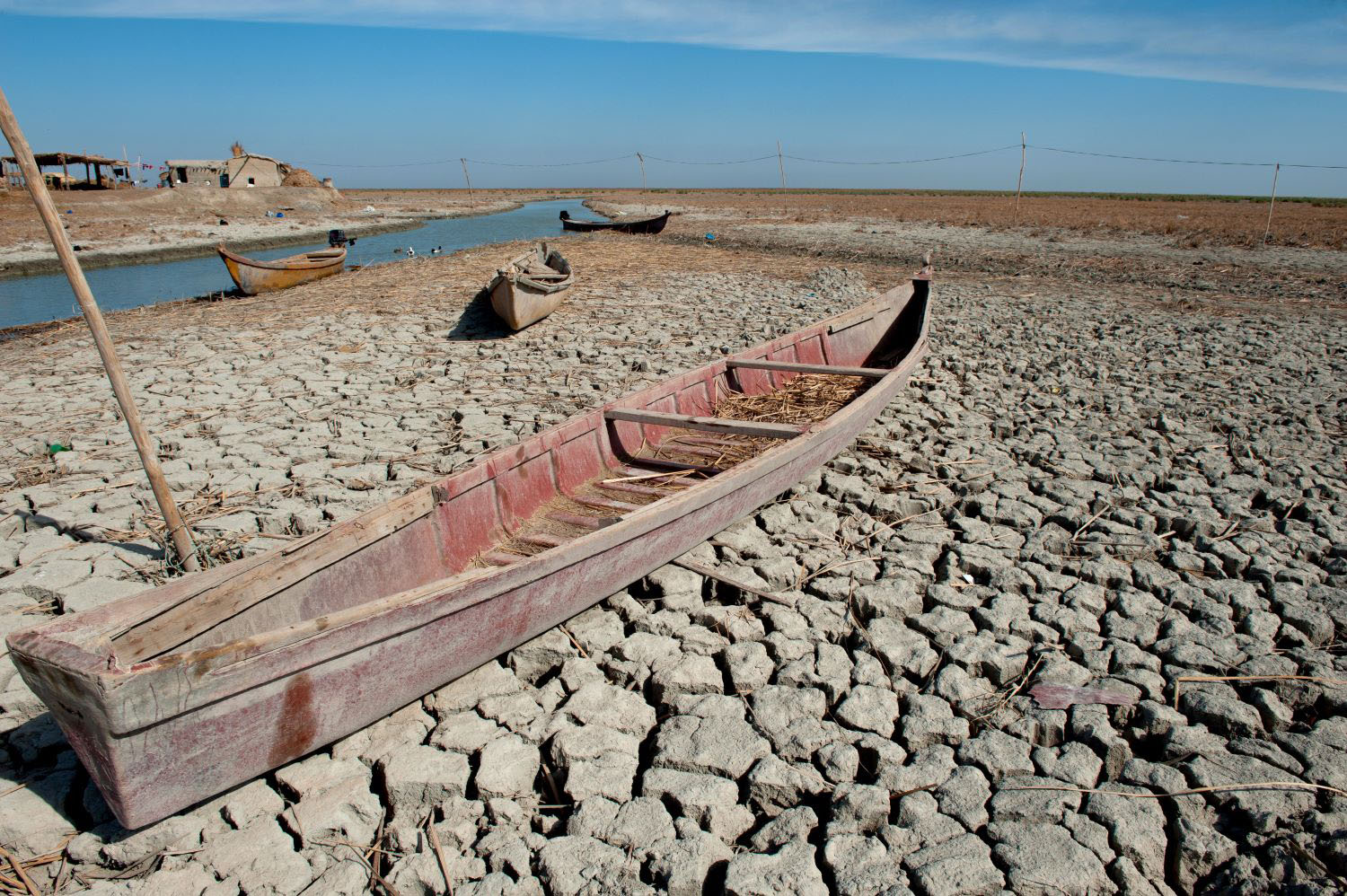This is a joint post with Christian Meyer and Nabil Hashmi.
What will it take to end extreme poverty by 2030? That is the goal President Obama included in his SOTU in 2013, President Kim recently announced as the World Bank's key objective, and that USAID Administrator Raj Shah will discuss Thursday in a much-anticipated speech at the Brookings Institution.
Reaching the goal requires reaching the right places, where most of the world’s poor people live. In those places, it turns out that official aid is playing a small role.
In the graph below the size of the country circles indicates the absolute number of people in that country living below the "line" of $1.25 a day (from PovcalNet, for most recent year available).
In descending order, the countries with the largest number of poor people are: India, China, Nigeria, Bangladesh, the Democratic Republic of Congo (shown as ZAR for Zaire), Pakistan, Tanzania, and Ethiopia. About 70 percent the world’s poor live in these eight countries.
In India, about 400 million people live on less than $1.25 a day and half the population below $1.50 a day. As Laurence Chandy and his colleagues of the Brookings Institution point out, India is holding the baton for the next decade in the relay race to eliminate poverty, having received the baton from China a few years ago.
How much money does India receive from international donors? The table below shows official development assistance (gross disbursements in 2011, excluding World Bank transfers), and net World Bank transfers per person living below $1.25 a day for the eight countries. If you sum the two figures (I know, apples and oranges) for India, and divide by 365 days in the year, you get 4 cents a day.
India is not eager for more aid, but it would like to borrow more; at the World Bank it has been constrained in recent years by a limit on its borrowing that ensures the Bank is not too concentrated in any one country. India's growth and the extent to which it reaches the poor are in the hands of its own people and leaders. But the outside world can help, by making it easier for India to borrow more at below-market rates for longer terms in the next decade — for infrastructure, agriculture, and education.
| Annual transfers per person living below $1.25 a day, 2011 |
| Country | ODA (excl. WB) | World Bank Lending |
| India | 12.01 | 1.62 |
| China | 20.04 | -3.40 |
| Nigeria | 17.77 | 3.59 |
| Bangladesh | 32.54 | 1.56 |
| DRC | 152.13 | 0.74 |
| Pakistan | 107.66 | 10.43 |
| Tanzania | 80.99 | 8.35 |
| Ethiopia | 104.01 | 26.17 |
Source: CGD calculations, based on OECD CRS database and the World Bank.
The third runner in Chandy's relay race to eliminate poverty is Sub-Saharan Africa. Consider Nigeria, where now more than half of Nigeria's population lives below the extreme poverty line. Oil does not reduce poverty, and anyway Nigeria does not have enough oil to buy its way out of poverty even if it could. Nigeria gets marginally more money transfers than India, but still only 6 cents per poor person per day. Next is Ethiopia, where outside aid is much higher per poor person, but still just $0.36 per poor person per day – exceeding even Pakistan, where aid is relatively high because of its strategic importance.
The other stand-out is the DRC where median consumption is estimated at less than $0.50 per person. (War generates poverty.) Aid there is much higher, but net World Bank transfers are still low. (Recently President Kim promised to increase lending to the DRC, particularly for the war-torn Great Lakes area.) The outside world can best help by financing peacekeeping and jumpstarting investments in post-conflict areas.
The bottom line: In the rich world it is worth thinking hard about how to help poor countries in ways that go well beyond aid.
CGD blog posts reflect the views of the authors, drawing on prior research and experience in their areas of expertise.
CGD is a nonpartisan, independent organization and does not take institutional positions.





